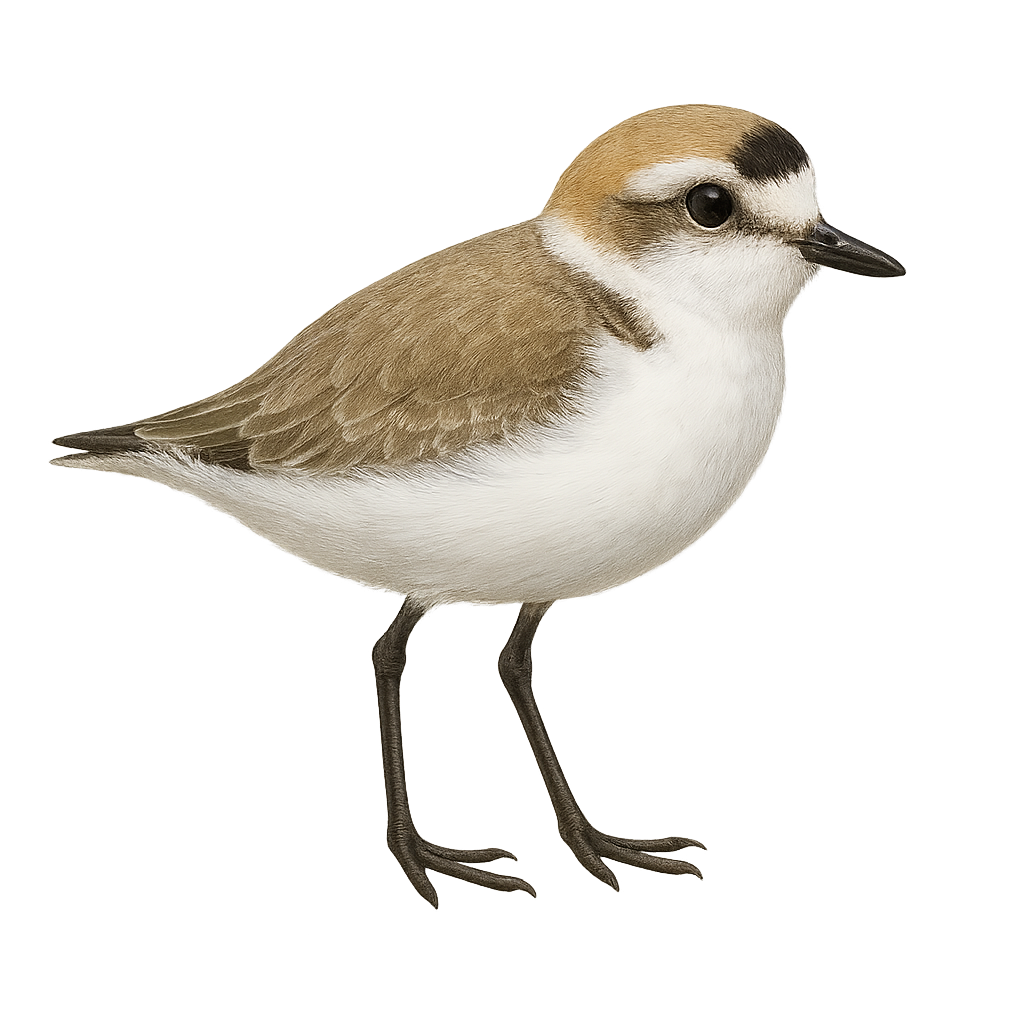Your wildlife photography guide.
Explore the mountain plover in detail, study its behavior, prepare your shots.
Where to observe and photograph the mountain plover in the wild
Learn where and when to spot the mountain plover in the wild, how to identify the species based on distinctive features, and what natural environments it inhabits. The WildlifePhotographer app offers tailored photography tips that reflect the mountain plover’s behavior, helping you capture better wildlife images. Explore the full species profile for key information including description, habitat, active periods, and approach techniques.
Mountain Plover
Scientific name: Anarhynchus alticola

IUCN Status: Near Threatened
Family: CHARADRIIDAE
Group: Birds
Sensitivity to human approach: Suspicious
Minimum approach distance: 10 m
Courtship display: November to December
Incubation: 22-24 jours
Hatchings: November to January
Habitat:
Alpine meadows, rocky areas, grassy plateaus
Activity period :
Primarily active during the day, with peak activity in the morning and late afternoon.
Identification and description:
The Mountain Plover, Anarhynchus alticola, is a bird species primarily inhabiting mountainous regions. This plover is recognizable by its discreet plumage, usually gray-brown, which allows it to blend into its rocky environment. It is often observed in small groups, feeding on insects and small invertebrates. Its ability to survive at high altitudes demonstrates its remarkable adaptation to harsh conditions. Although its habitat is relatively isolated, it is vulnerable to human disturbances and climate change, which threaten its breeding and feeding areas. Conservation of this bird requires special attention to preserve its natural habitats.
Recommended lens:
400 mm – adjust based on distance, desired framing (portrait or habitat), and approach conditions.
Photography tips:
To photograph the Mountain Plover, it is advisable to use a telephoto lens of at least 400mm to capture detailed images without disturbing the bird. Since it is often active during the day, natural light can be used to your advantage. Look for angles that highlight its plumage and natural behavior. Patience is key, as this bird can be suspicious. Try to blend into the environment to avoid scaring it away.
The WildlifePhotographer App is coming soon!
Be the first to explore the best nature spots, track rutting seasons, log your observations, and observe more wildlife.
Already 1 439 wildlife lovers subscribed worldwide

